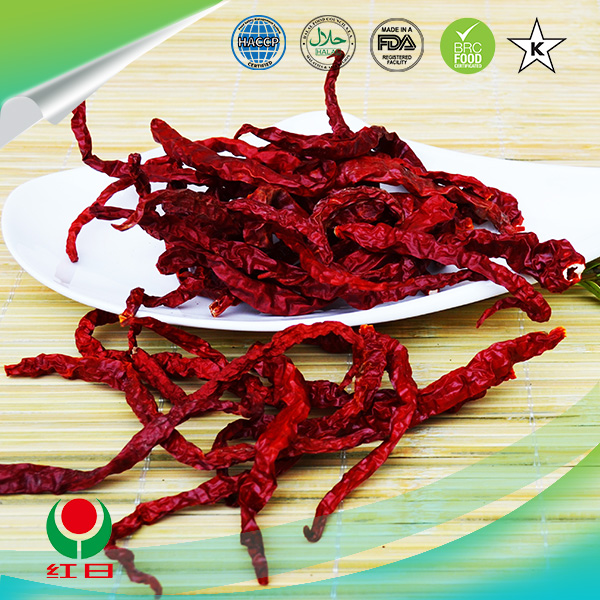- No. 268 Xianghe Street, Economic Development Zone of Xingtai city, Hebei 054001 China
- Byron@hbhongri.cn
pure paprika
Pure Paprika The Spice of Life
Paprika, a vibrant and flavorful spice, has captured the hearts and taste buds of food lovers around the world. Derived from the dried and ground fruits of the Capsicum annuum plant, paprika boasts a rich history that dates back centuries and a versatility that makes it a staple in cuisines globally. In this article, we will explore the origins, varieties, culinary uses, and health benefits of pure paprika, highlighting why it deserves a prominent place in your spice cabinet.
The Origins of Paprika
Paprika has its roots in Central America, where the Capsicum plant was first cultivated by the indigenous peoples. However, it wasn't until the spice was brought to Europe by Spanish explorers in the 16th century that it gained widespread popularity. Hungary, in particular, became associated with high-quality paprika production, leading to its classification as a national spice. Today, paprika is integral to Hungarian cuisine, featuring prominently in dishes like goulash and pörkölt.
Varieties of Paprika
Pure paprika comes in various forms, each boasting unique flavors, colors, and heat levels. The primary types include
1. Sweet Paprika This is the most common variety and is characterized by its mild flavor and bright red color. It’s often used to add color and subtle sweetness to dishes without adding heat.
2. Smoked Paprika (Pimentón) This variety is made from peppers that have been dried and smoked over an oak fire. It imparts a rich, smoky flavor that enhances everything from meats to stews, making it a favorite in Spanish cuisine.
3. Hot Paprika For those who enjoy a bit of heat, hot paprika delivers a fiery kick. It’s ideal for spicing up dishes or adding a smoky depth to salsas and dips.
4. Hungarian Paprika This type is renowned for its rich, complex flavor and is available in sweet, semi-sweet, and hot varieties. Authentic Hungarian paprika is often considered superior due to the specific cultivation and processing methods used.
pure paprika

Culinary Uses of Paprika
The uses of pure paprika in the kitchen are as diverse as its varieties. Here are some popular applications
- Seasoning Paprika is commonly used as a seasoning in rubs, marinades, and dressings. The vibrant red color provides visual appeal while enhancing the dish’s taste.
- Garnish A sprinkle of paprika can elevate a dish’s presentation. It’s often used to garnish deviled eggs, potato salads, and paella, adding a pop of color and flavor.
- Sauces and Soups It is an essential ingredient in many sauces, soups, and stews, contributing depth and warmth. Dishes like chicken paprikash and Hungarian goulash showcase paprika's flavor profile beautifully.
- Dips and Spreads Paprika can also be stirred into dips like hummus and tzatziki to add a warm, earthy flavor.
Health Benefits of Paprika
Beyond its culinary prowess, pure paprika also offers a range of health benefits. Rich in antioxidants, particularly carotenoids, paprika helps combat oxidative stress in the body. It is also a good source of vitamins A, C, and E, which can support immune function and skin health. The capsaicin found in some paprikas can provide pain relief and anti-inflammatory benefits, making this spice not only delicious but beneficial for your health.
Conclusion
Pure paprika is a spice that transcends borders, enriching dishes with its vivid color and complex flavor. Whether you prefer it sweet, smoky, or hot, this versatile ingredient can elevate your culinary creations while also providing health benefits. As you explore the world of paprika, consider incorporating it into your daily cooking to experience the myriad of flavors and potential health advantages it can offer. Whether you are a seasoned chef or a novice cook, pure paprika is a spice that can truly bring life to your kitchen.
-
The Versatile Uses and Benefits of Capsicum Frutescens Oleoresin and ExtractsNewsJun.03,2025
-
Paprika&Chili Products Enhancing Flavor and Wellness in Every BiteNewsJun.03,2025
-
Paprika Extract and Capsicum Applications in Food and IndustryNewsJun.03,2025
-
Exploring the Benefits and Uses of Turmeric Powder and Curcumin ExtractNewsJun.03,2025
-
Discover the Bold Flavor of Premium Chilli Powder from ChinaNewsJun.03,2025
-
Capsicum Oleoresin Extract: A Potent Natural Ingredient in Modern ApplicationsNewsJun.03,2025







